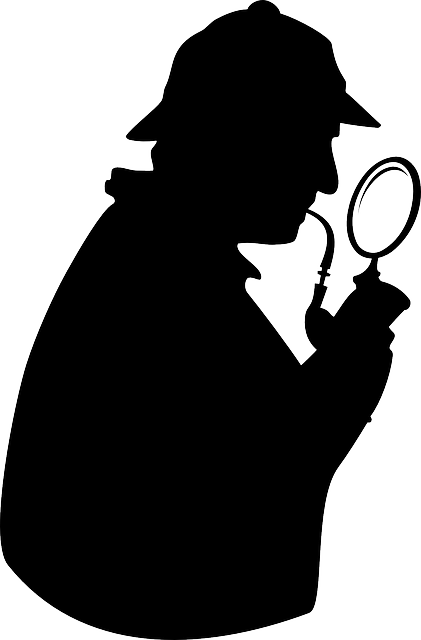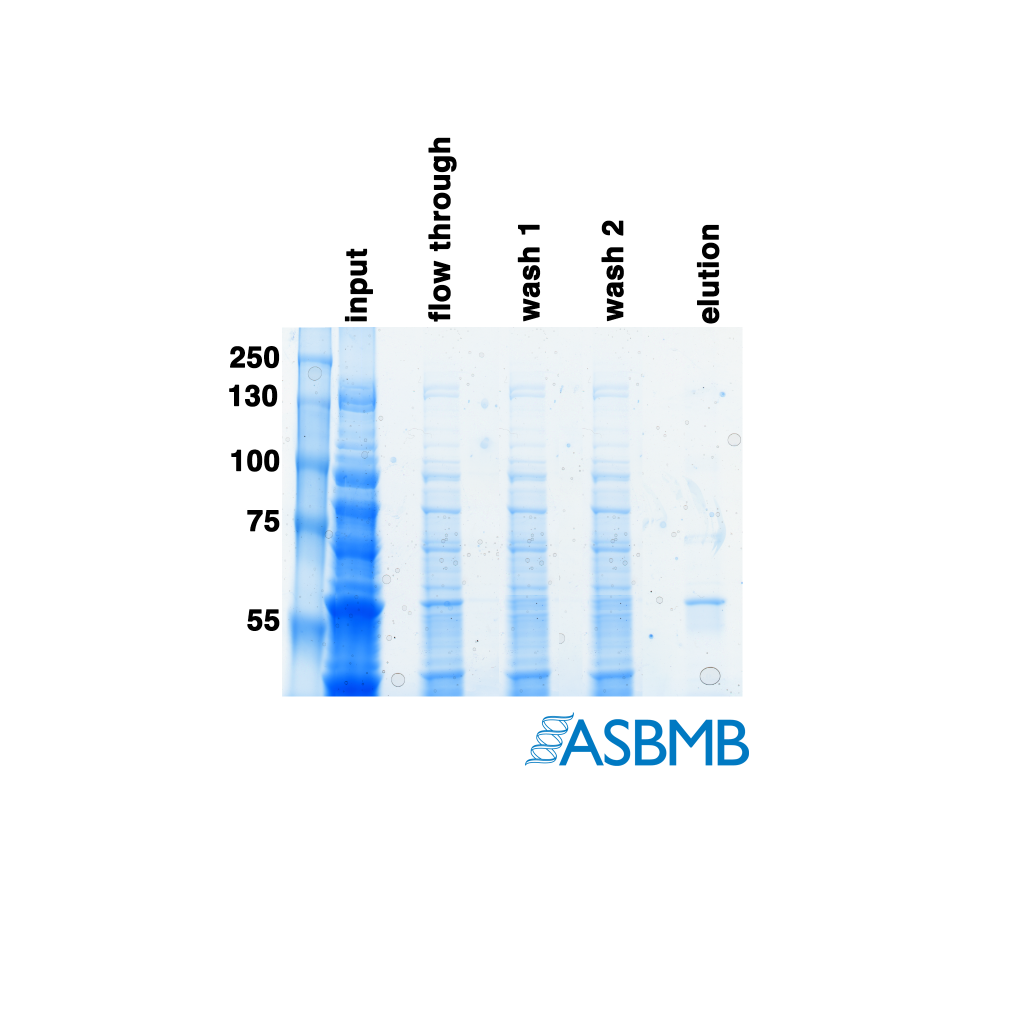
Ever wanted to hone your skills as a scientific sleuth? Now’s your chance.
Thanks to the American Society for Biochemistry and Molecular Biology (ASBMB), which is committed to educating authors on best practices in publishing, figure preparation, and reproducibility, we’re presenting the second in a series, Forensics Friday.
Take a look at the image below, and then take our poll. After that, click on the link below to find out the right answer.

Think you chose the right answer? Click here to find out.
And check out last week’s Forensics Friday.
Like Retraction Watch? You can make a tax-deductible contribution to support our growth, follow us on Twitter, like us on Facebook, add us to your RSS reader, sign up for an email every time there’s a new post (look for the “follow” button at the lower right part of your screen), or subscribe to our daily digest. If you find a retraction that’s not in our database, you can let us know here. For comments or feedback, email us at [email protected].
This week, the image appears, but the poll does not.
That may be a browser issue, from what we hear from another reader. Have you tried Chrome?
Seems to work in Internet Explorer but not in Firefox.
These are fun to do on the iPad, after saving and then editing the image. Apple could help ‘science’ by adding a few kinky Look-Up-Tables to the options (perhaps based on ORI’s gradient map forensic tool). That would enable readers of the research literature to easily ‘check’ an image. Kudos RW. Can images be made higher res?
PS: Thanks also ASBMB!
Hi John! Even at low res this was a forensics 101. Hope all is well with you.
Kristen
In addition to the manipulation(s) discussed, the main band in rightmost lane (elution) looks a lot like a horizontal inversion of the same sized band in flow through.
I love these. Thank you so much to ASBMB and retractionwatch for bringing us this series.
Here’s the trick. The way to prove to yourself that there’s manipulation and the lanes aren’t just really REALLY similar and have legit data that just looks “too good” is to open the gel in max resolution. Now, since the gel was a straight photo of the old gel, there are splatter patterns of creamy gray-colored dirt on the gel surface. Compare the splatter patterns in the flowthrough and two wash lanes.
Even without zooming in, the repeated pattern of air bubbles was obvious.
RW’s poll however showed that most people missed the less obvious features, namely ones that could be made more visible if there were some additional look up tables available for ready use on whatever platform they use to read science. Today, those are more likely than not to be ‘mobile’, aka IPads and the like, rather than Photshop-friendly devices. Someone . . . or some entity (hint, hint). . . would do a lot for science by encouraging Apple to add some targeted LUTs for that purpose on mobile platforms. Does anyone know of an App that might work?
I’m a big fan of https://29a.ch/photo-forensics/ for analysing images.
The clone detection shows up quite nicely which bits have been repeated.
Thanks (JSRG)! I had seen much earlier was unaware it worked on the iPad. Good lead.